May 20th, Turing Award winner Joseph Sifakis, leading researcher on systems design and engineering, was invited to give a lecture on Autonomous Systems-A Rigorous Architectural Characterization to the teachers and students at East China Normal University. The event was hosted by Academician and Dean of the School of Computer Science and Software Engineering, He Jifeng.
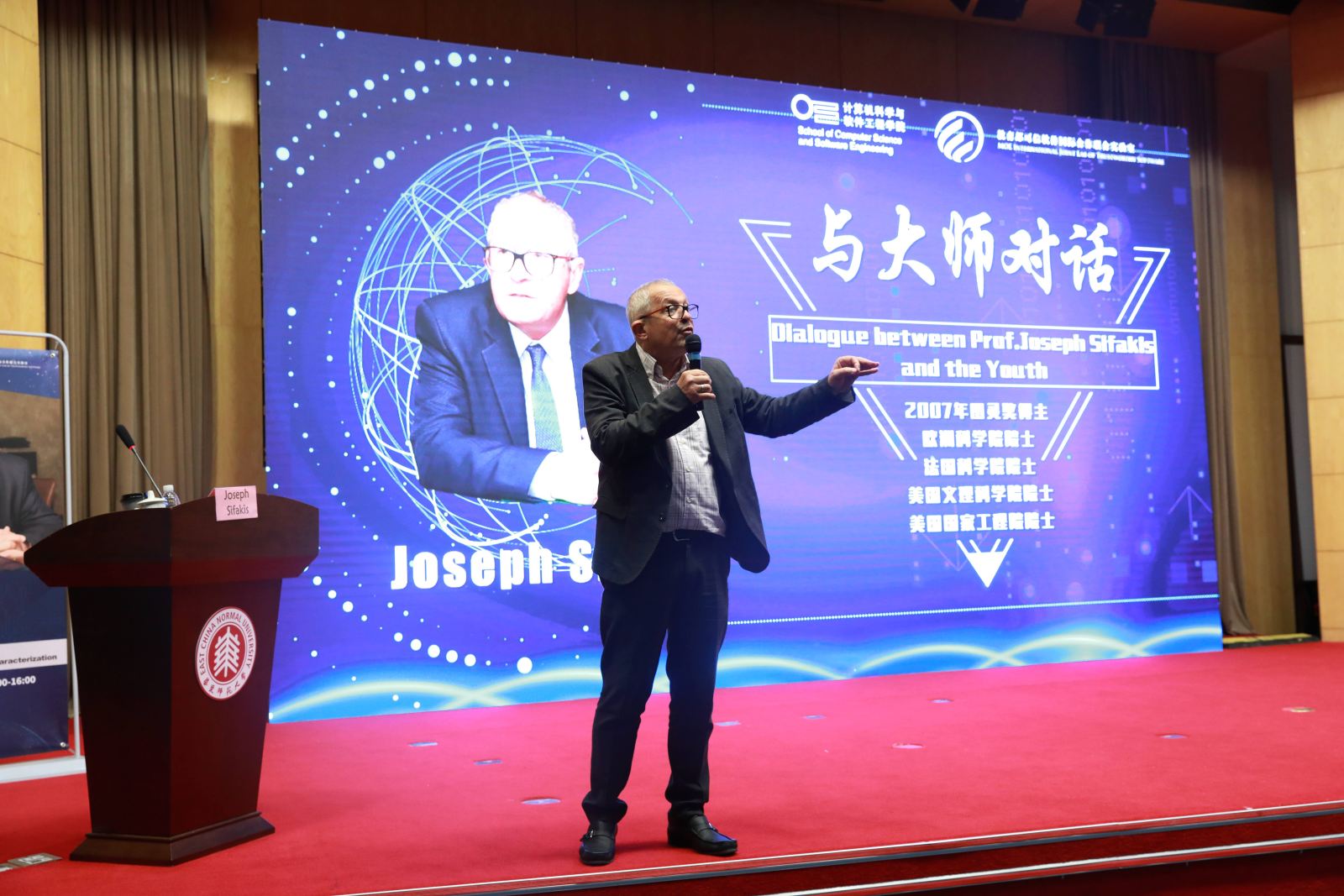
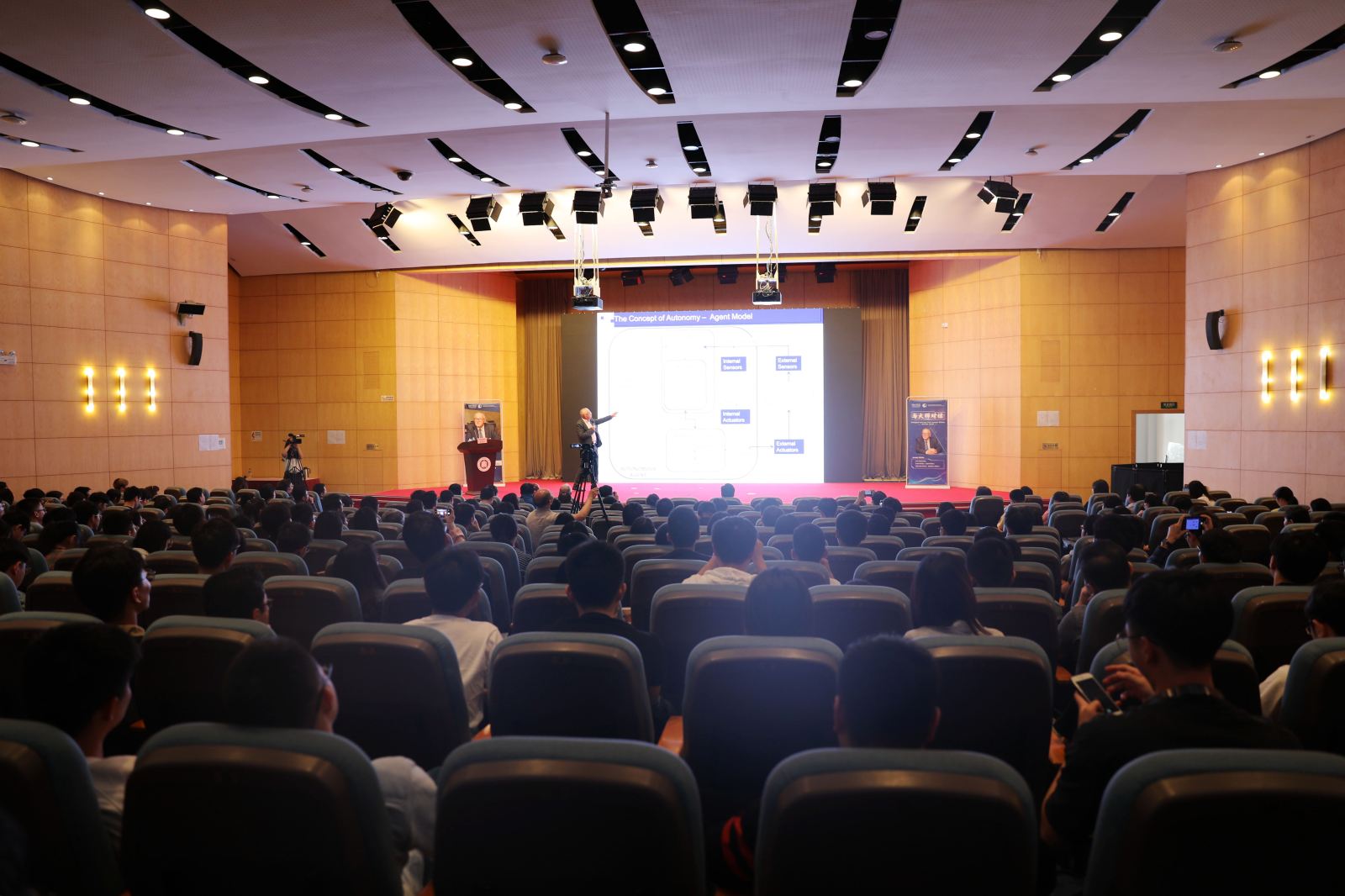
Turing Award winner Joseph Sifakis gives a lecture on Autonomous Systems-A Rigorous Architectural Characterization.
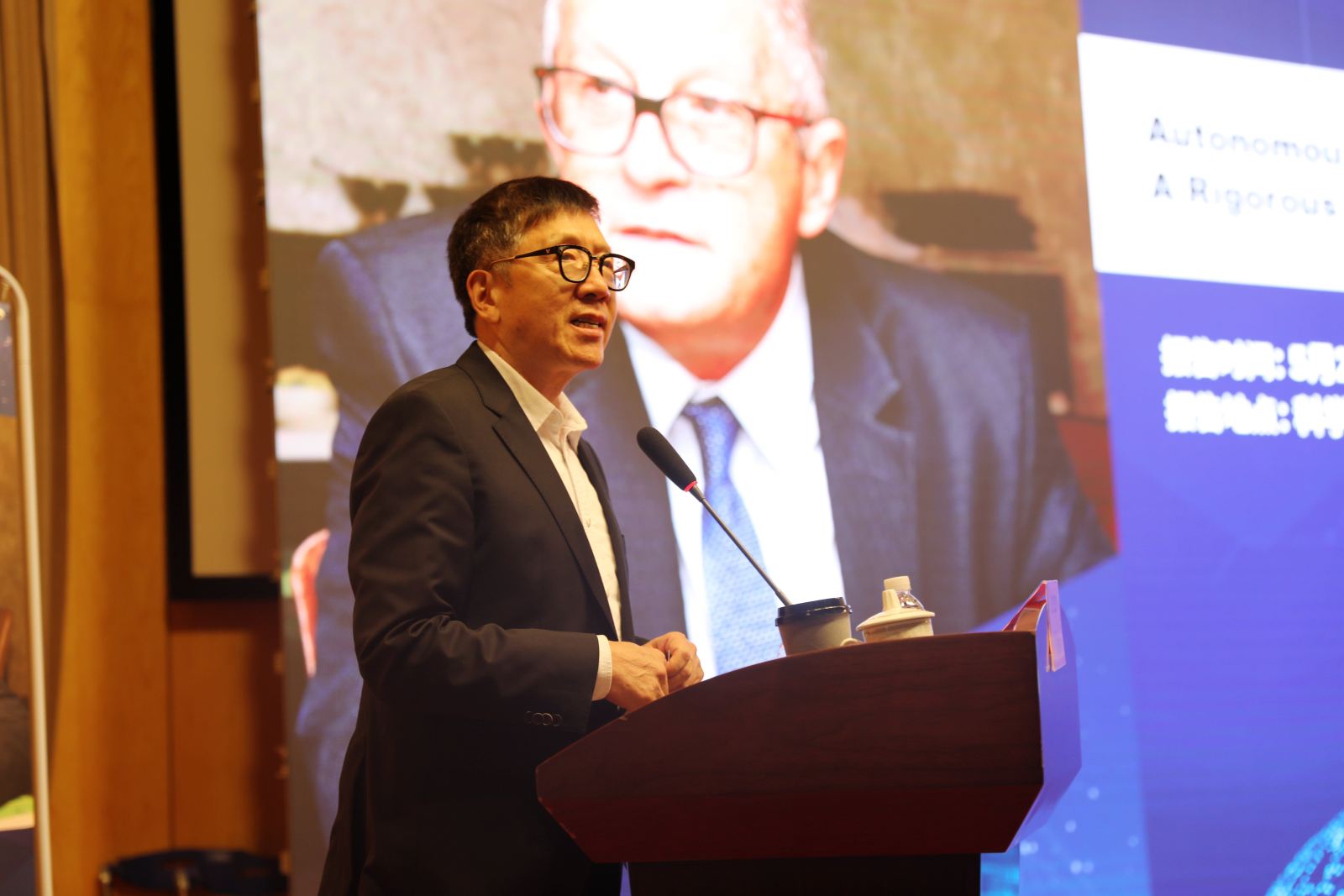
The event is hosted by Dean of the School of Computer Science and Software Engineering, He Jifeng .
Beginning with the conceptualization and basic components of the autonomous system Agent, Object and Environment, Prof. Sifakis proposed that autonomy is the key to visualizing results on the Internet of Things; this so-called autonomy entails minimizing human intervention while integrating smart services into an effective systems design.
The lecture included examples of temperature control systems, automatic control systems, autonomous chess-playing robots and other common applications, to explain how autonomous systems can operate without human intervention. It was also proposed that in the future these characteristics of next-generation autonomous systems would be based on the development of current systems design applications.
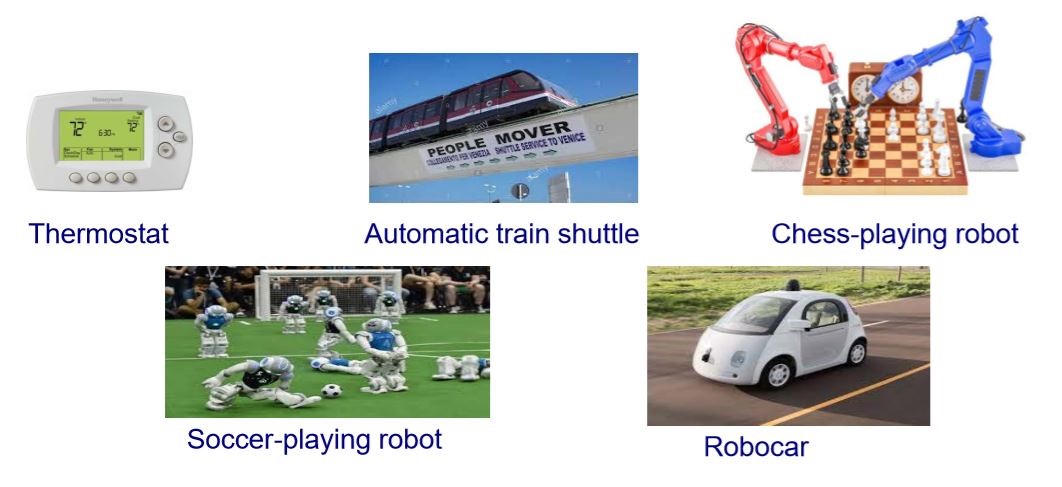
Examples of automatic control systems.
Prof. Sifakis’general computational model combines the system architecture model and an agent model, which can modulate the relationship between the agent and the object within any given autonomous system. Under difficult circumstances,these autonomously controlled tasks could be implemented successfully due to dynamic and reconfigurable multi-mode coordination. The general computational model comprises five interacting modules: perception, knowledge base, goal management, planning and adaptation, in which these five dimensions constitute the concept of “autonomous complexity”.
Later on, he cited the American Society of Automotive Engineers (SAE) as an example to illustrate the difficulty of building an autonomous system according to the six different levels of automated driving. This contrasts deeply with the gap between machine autonomy and human-assisted machine autonomy.
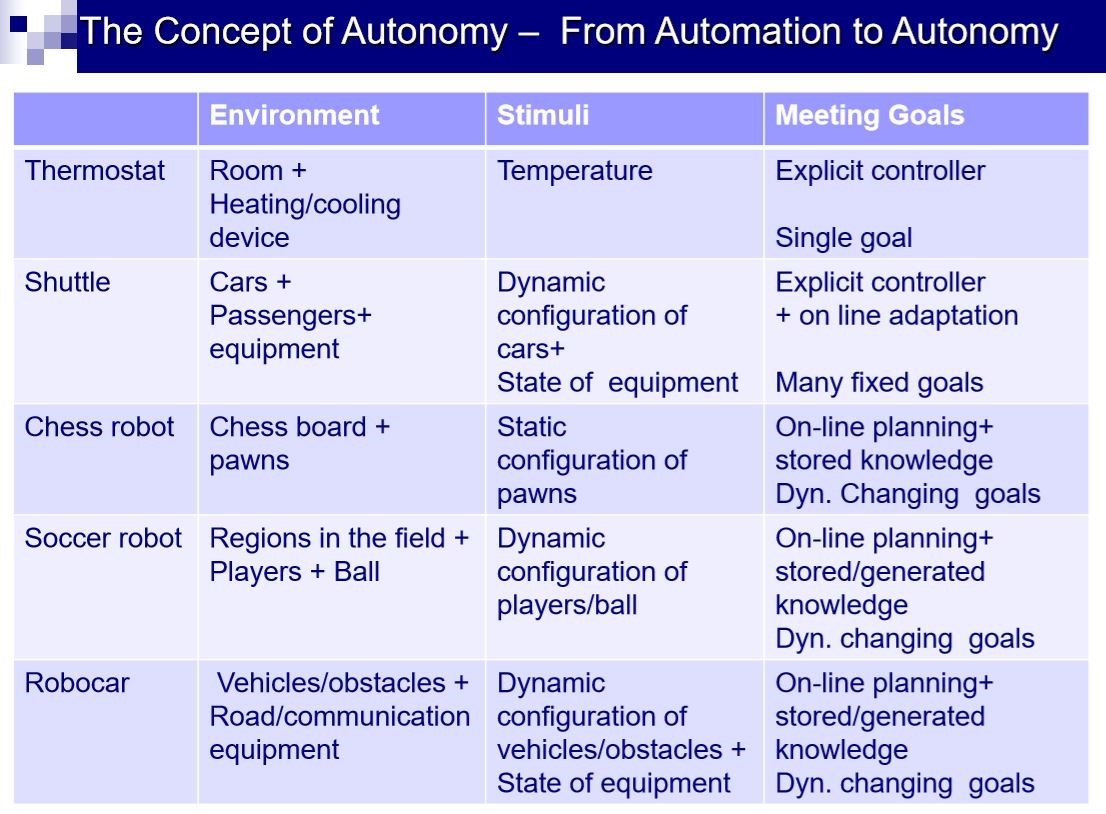
The six different levels of automated driving.
Subsequently, the complexity of autonomous systems in terms of autonomous complexity, design complexity, reaction complexity, and architectural complexity, were discussed in view of autonomous system design’s focus on accuracy and development processes to achieve Trustworthiness. In the construction of autonomous systems,Prof. Sifakis said that both artificial intelligence and machine learning technology play indispensable roles but that existing machine learning techniques still contain limitations in validating model results.
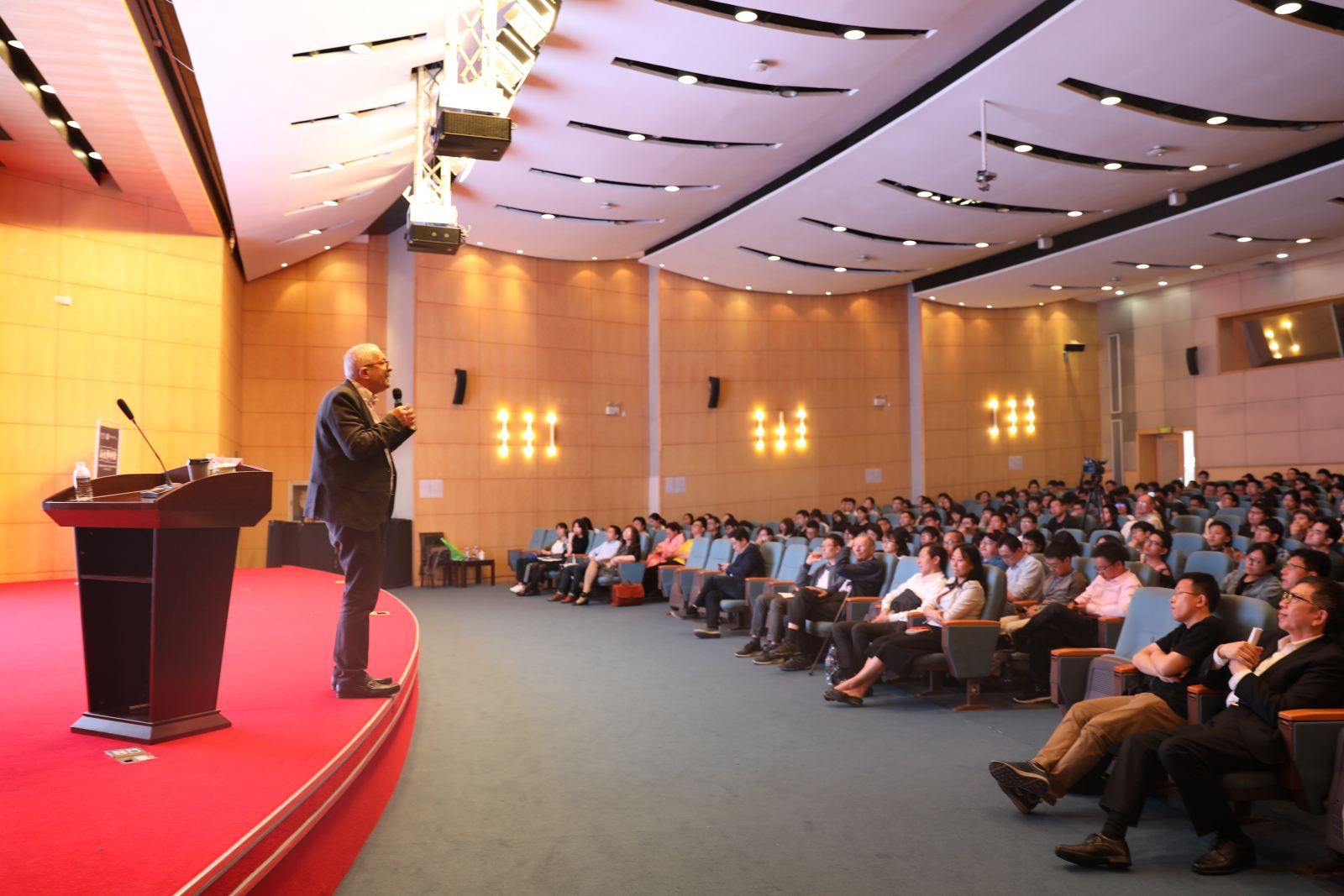
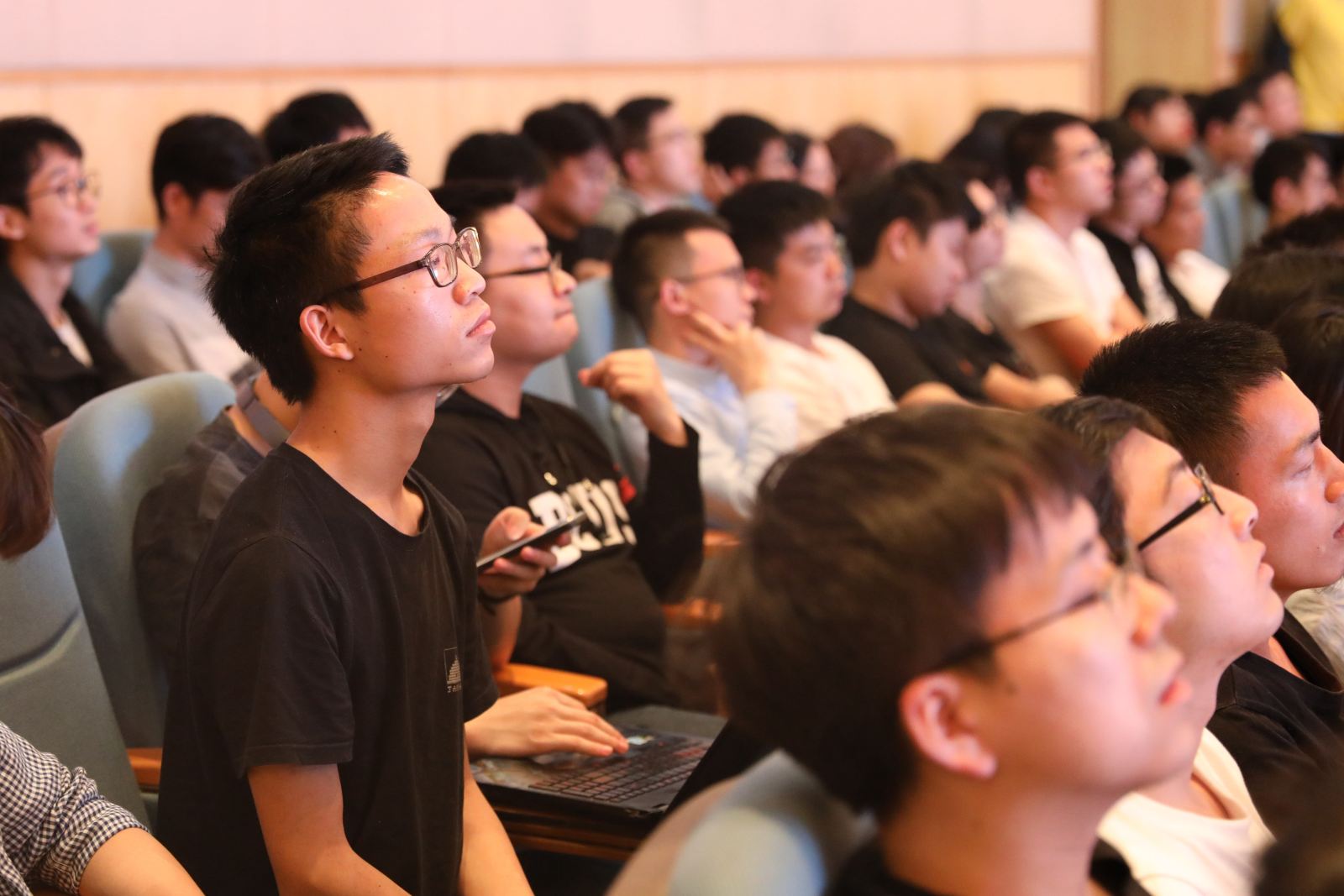
The Lecture.
Research findings were outlined in the conclusion of the lecture: “Autonomy” as a broad-based intelligence should not be limited to specific implementation technologies, but should emphasize the functional design of the system; while an autonomous system constructed for“Trustworthiness” is far beyond the current challenges of artificial intelligence systems. Prof. Sifakis then went on to discuss the next generation of autonomous system standards.
After the lecture, a Q&A session was held for teachers and students in attendance.
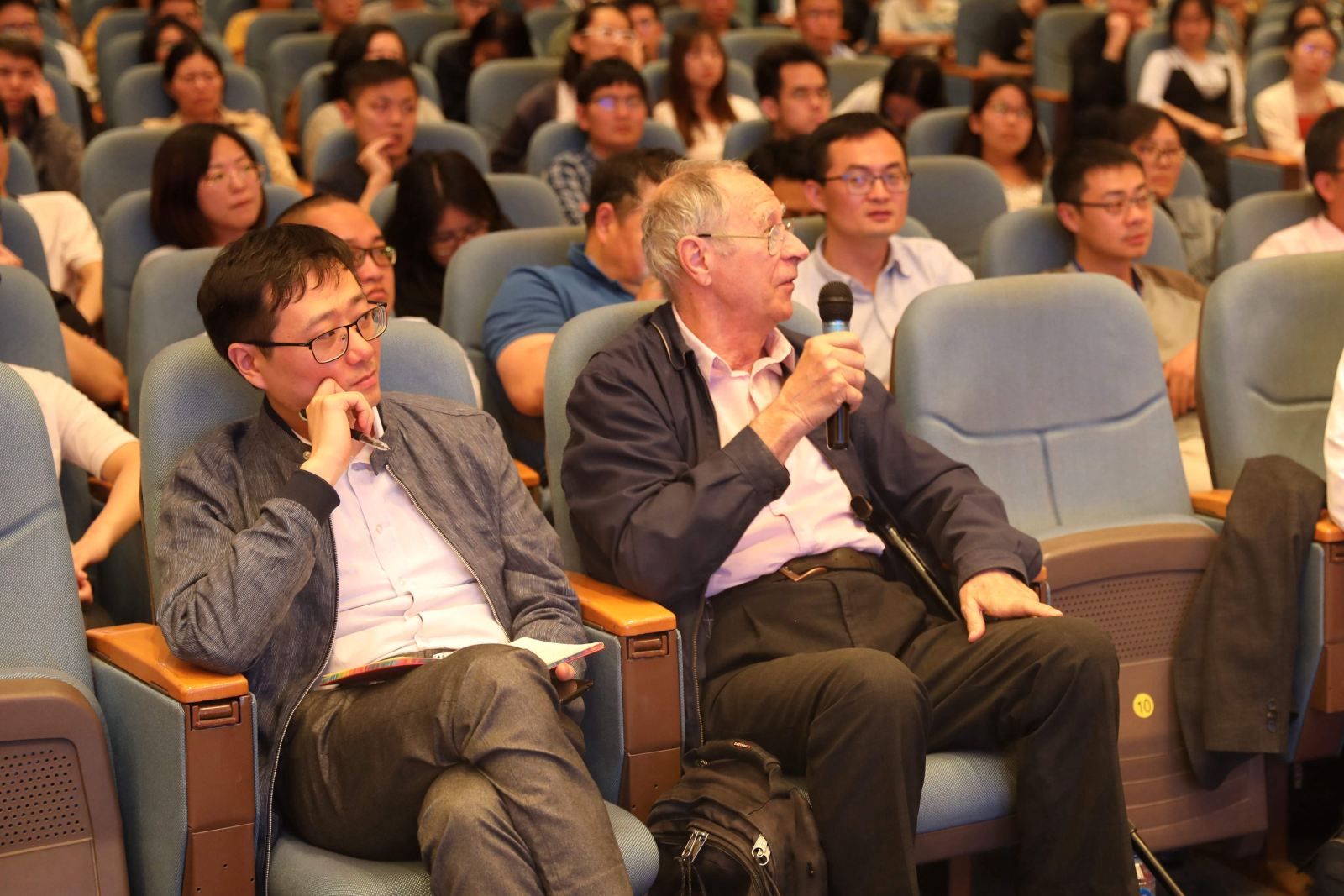
Academician Jean Raymond Abrial
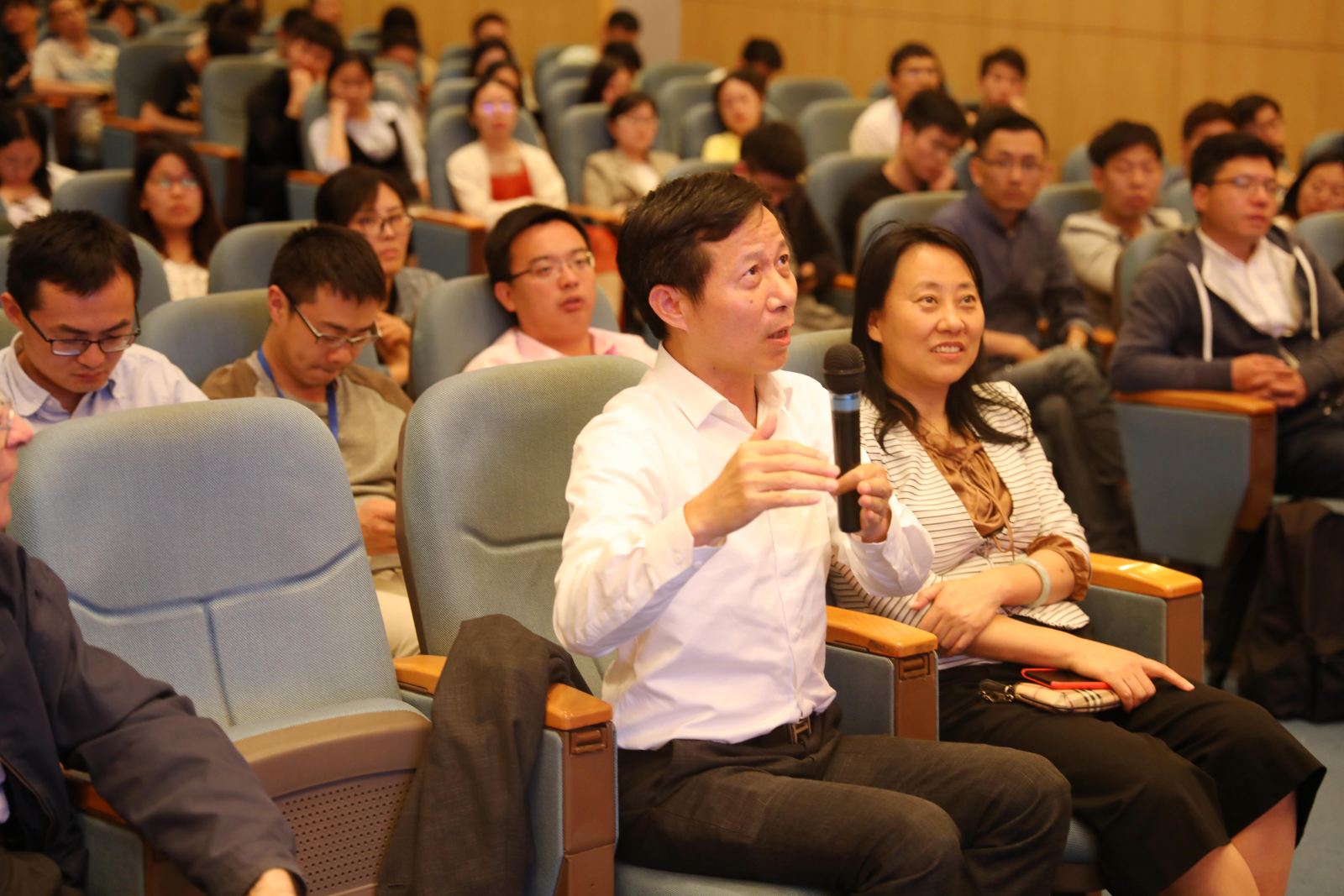
Prof. Ma Lizhuang

Associate Professor Li Qin
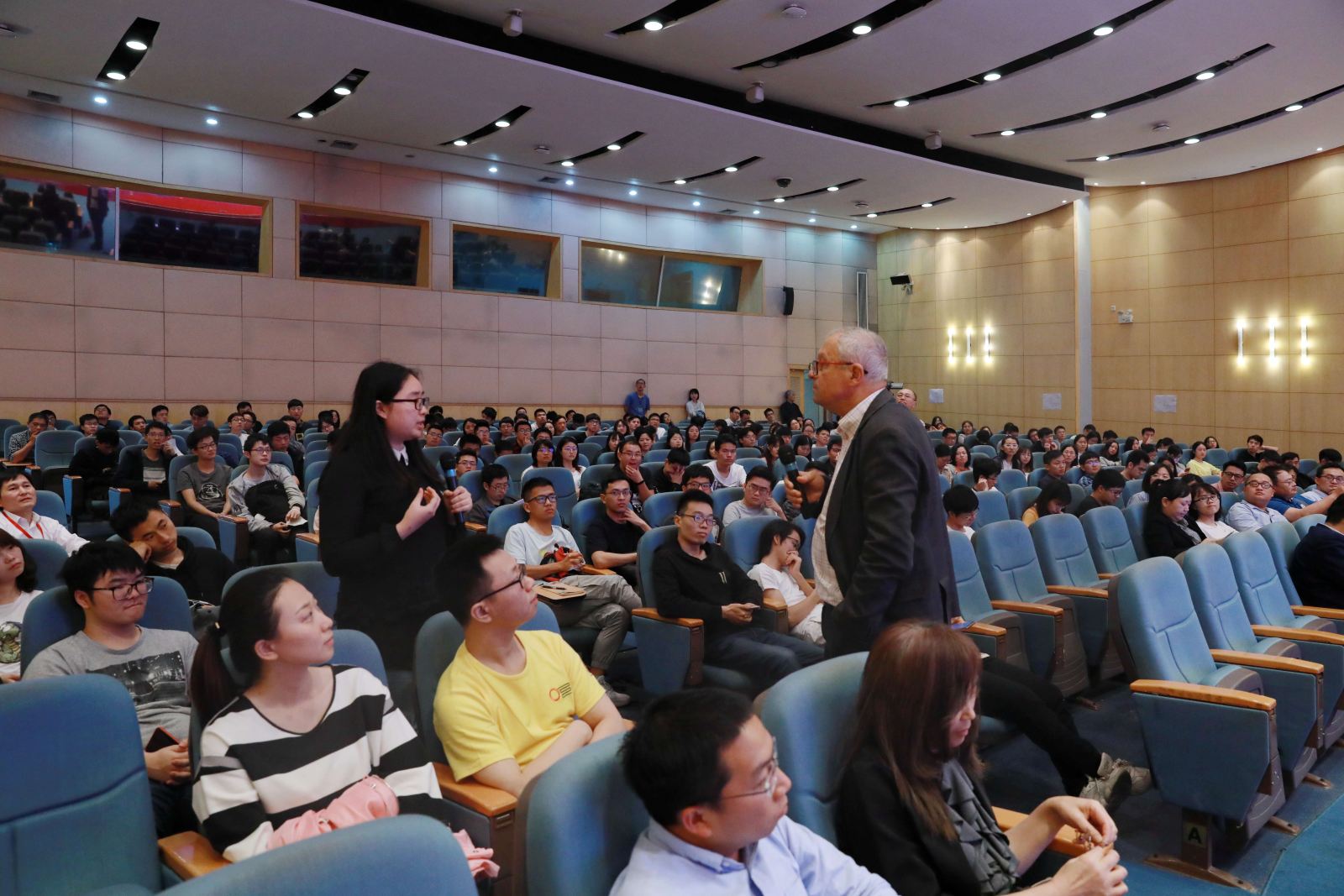
A Doctoral student Xu Jinyi
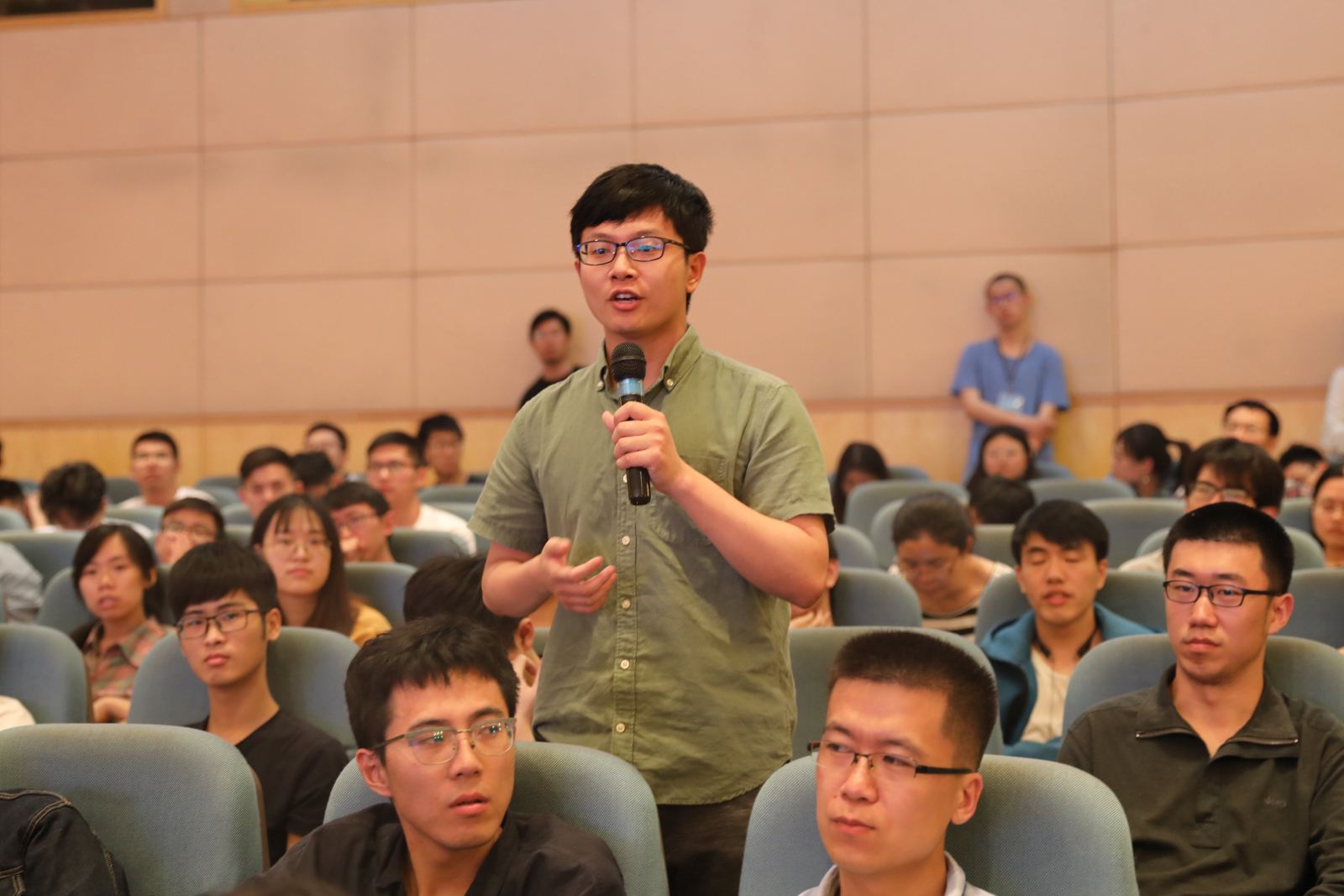
Student Wang Junjie
In 2007, Prof. Sifakis was awarded the Turing Award, known as Nobel Prize in the Computer Industry, by the American Computer Society (ACM) for his outstanding contributions to the theory and application of model checking. His research field includes the basic concepts and applications of systems design, focusing primarily on the its formalization process in implementing a trustworthy, optimized and correct-by-construction system according to specific requirements.
Joseph Sifakis is the founder of the Verimag Laboratory in Grenoble, a leading research laboratory in the area of embedded systems, internationally known for the development of the Lustre synchronous language used by the SCADE tool for the design of safety-critical avionics and space applications. Additionally, he is an Honorary Fellow of the French National Research Center, the French Academy of Sciences, French National Academy of Engineering, the European Academy of Sciences, the American Academy of Arts and Sciences, and the National Academy of Engineering.


